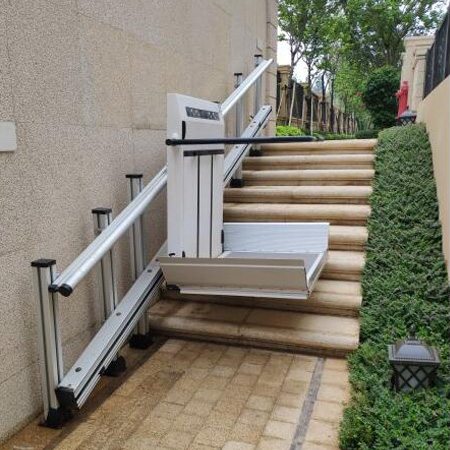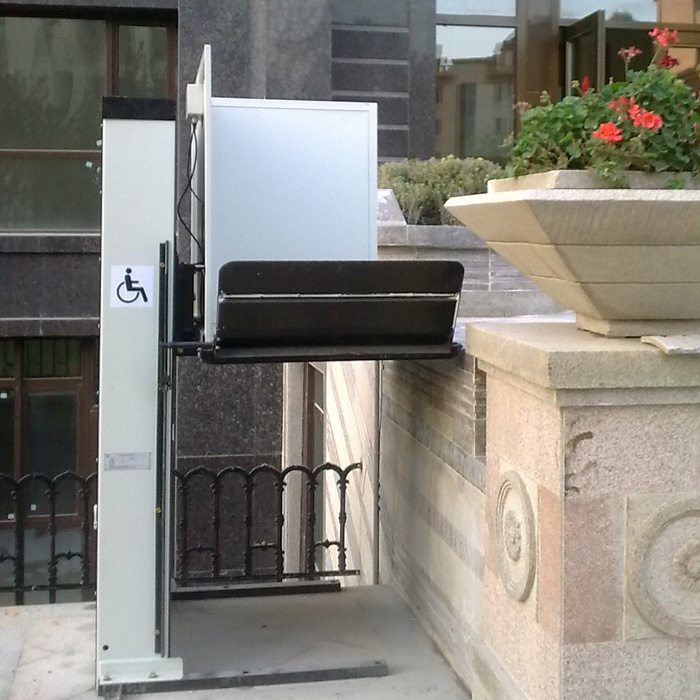When investing in accessibility equipment like a wheelchair lift, a primary concern for homeowners, businesses, and facilities managers is longevity. The central question is: How long do wheelchair lifts last?
The answer isn’t a single number. The lifespan of a wheelchair lift is influenced by several key factors. Understanding these can help you maximize your investment and ensure safe, reliable operation for years to come.
Key Factors Influencing Wheelchair Lift Lifespan
- Type and Quality of the Lift: Not all wheelchair lifts are created equal. Heavy-duty commercial vertical platform lifts designed for public transit or high-traffic buildings are built with more robust components than a residential vertical or inclined stair lift. Investing in a high-quality lift from a reputable manufacturer is the first step toward ensuring a long service life.
- Installation Quality: A perfectly engineered wheelchair lift will underperform if installed incorrectly. Professional installation by certified technicians is non-negotiable. It ensures the lift is level, secure, and operates as intended, preventing premature wear and tear on mechanical parts.
- Usage Frequency and Environment: This is perhaps the most significant factor. A lift in a private home used a few times a day will naturally last much longer than one in a busy train station serving hundreds of users daily. Environmental exposure also plays a role; outdoor wheelchair lifts exposed to rain, snow, salt, and extreme temperature fluctuations require more diligent maintenance to combat corrosion and weather-related wear.
- Maintenance and Servicing: This is the most critical element within your control. Wheelchair lifts are mechanical systems with moving parts. Adhering to a strict annual maintenance schedule performed by a qualified technician is essential. Regular maintenance includes lubricating components, checking hydraulic fluids, inspecting safety sensors, and testing electrical systems. This proactive approach identifies small issues before they become major, costly failures.
So, What’s the Average Lifespan?
Given these factors, a well-maintained wheelchair lift in a residential setting can easily last 15 to 20 years. For commercial lifts with high usage, a lifespan of 7 to 10 years is more common, heavily dependent on the maintenance program.
Extending the Life of Your Wheelchair Lift
You can take active steps to maximize your lift’s operational life:
- Schedule Annual Service: Don’t wait for something to break.
- Keep it Clean: Regularly clean the platform, ramps, and track to prevent debris from jamming mechanisms.
- Operate with Care: Train all users on proper operation to avoid misuse.
- Address Repairs Immediately: If you notice unusual noises, jerky movements, or sensor issues, contact a service professional right away.

While the typical wheelchair lift lasts between 10 to 20 years, its true longevity is directly determined by quality, use, and, most importantly, consistent professional maintenance. By prioritizing care and service, you ensure your lift remains a safe, reliable, and valuable accessibility solution for its maximum potential lifespan.


